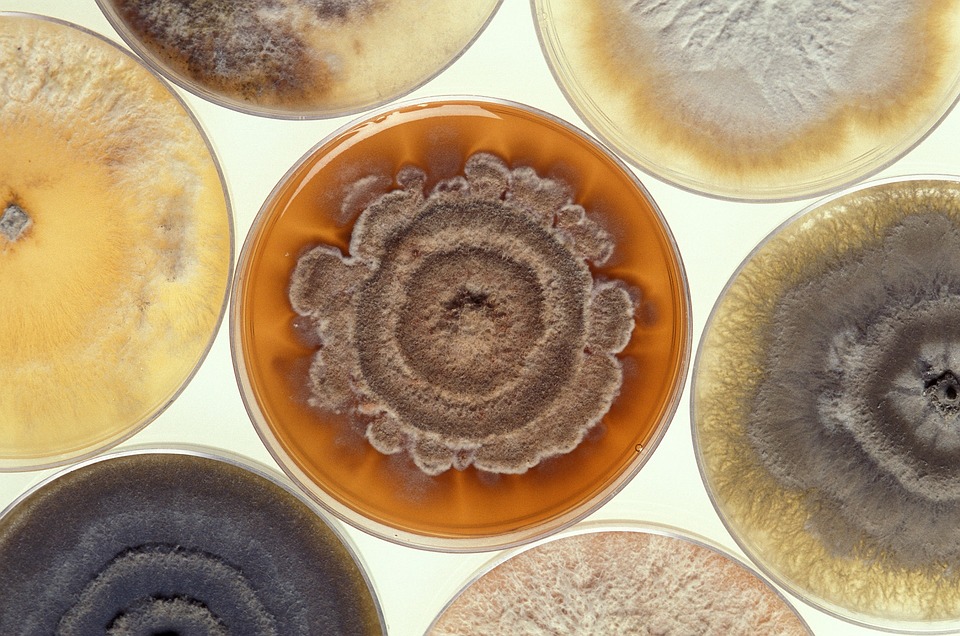Fun Facts About Fungi (Or, More About Mold)
In the news there’s often scary stories about mold: it’s growing in condos and making people sick, it’s in hospital HVAC systems, and toxic black mold is making people sick. But what is it, exactly, and why does mold get us all in a tizzy? Is it all bad?
At its simplest, mold is a type of fungus. While this may seem one and the same to you, while mold is related, it has its own characteristics, features, and functions from fungus. It’s neither an animal, vegetable, or mineral - mold isn’t a bacteria or a plant, but a living organism, and with well over 200,000 species of fungi, mold and its cousins (yeasts, mushrooms, truffles, and lichens) constitute one of the most important parts of the biosphere.
Mold is an important part of the food chain. They help break down biodegradable materials, which return valuable nutrients to the food chain. Unlike plants, molds can’t perform photosynthesis, so to absorb food and nutrients, they must attach to other sources in order to survive.
 Generally, mold can be classified in four ways:
Generally, mold can be classified in four ways:
- Cosmetic mold are those that don’t look the best, but are unlikely to cause major trouble.
- Allergenic molds are those that are unlikely to cause severe illness, but in people with sensitivities or allergies, allergenic molds can cause a number of symptoms.
- Pathogenic molds are a little more serious. These molds will cause infections in people with compromised or weak immune systems, and can produce harmful toxins that can cause severe health problems.
- Toxigenic molds are poisonous to all who come in contact with them.
You may see mold growing around your home - it could be a black, blue or even green patchy discolouration on a couch, drywall, or deck furniture. Without a microscope, the individual mold spores are too small for the naked eye to see, but in a single colony there could be tens of thousands of tiny spores.
While not all mold is bad, there are two popular mold myths we hear again and again.
- Only black mold is dangerous. While black mold has certainly gotten more than its fair share of the newsreel, there are a lot of molds out there that are black and also relatively harmless. Stachybotrys, the ‘toxic black mold’ of the media, is a very serious concern - but that doesn’t mean if you see black mold you should pack a bag and make a run for it. Colour actually has little to do with whether a mold is toxic or not - but if you have a health concern, your first step should always been to have it checked out by a professional.
- Scrubbing with bleach will remove the mold and solve the problem. If this was true, we’d be out of business! Mold is able to grow when it’s got something to eat and drink, and many bleaches are water-based. While the toxicity of the bleach will damage the surface mold (and anything else it comes in contact with), this water base may actually feed the roots of the fungus and allow it to spring right back.
- Mold is a fascinating and complex organism that is all around you, everywhere you go. But in your home, it doesn’t have to be affecting the health of your family or longevity of your possessions. Call MoldTech for a consultation or assessment for any indoor mold you may be concerned about.





